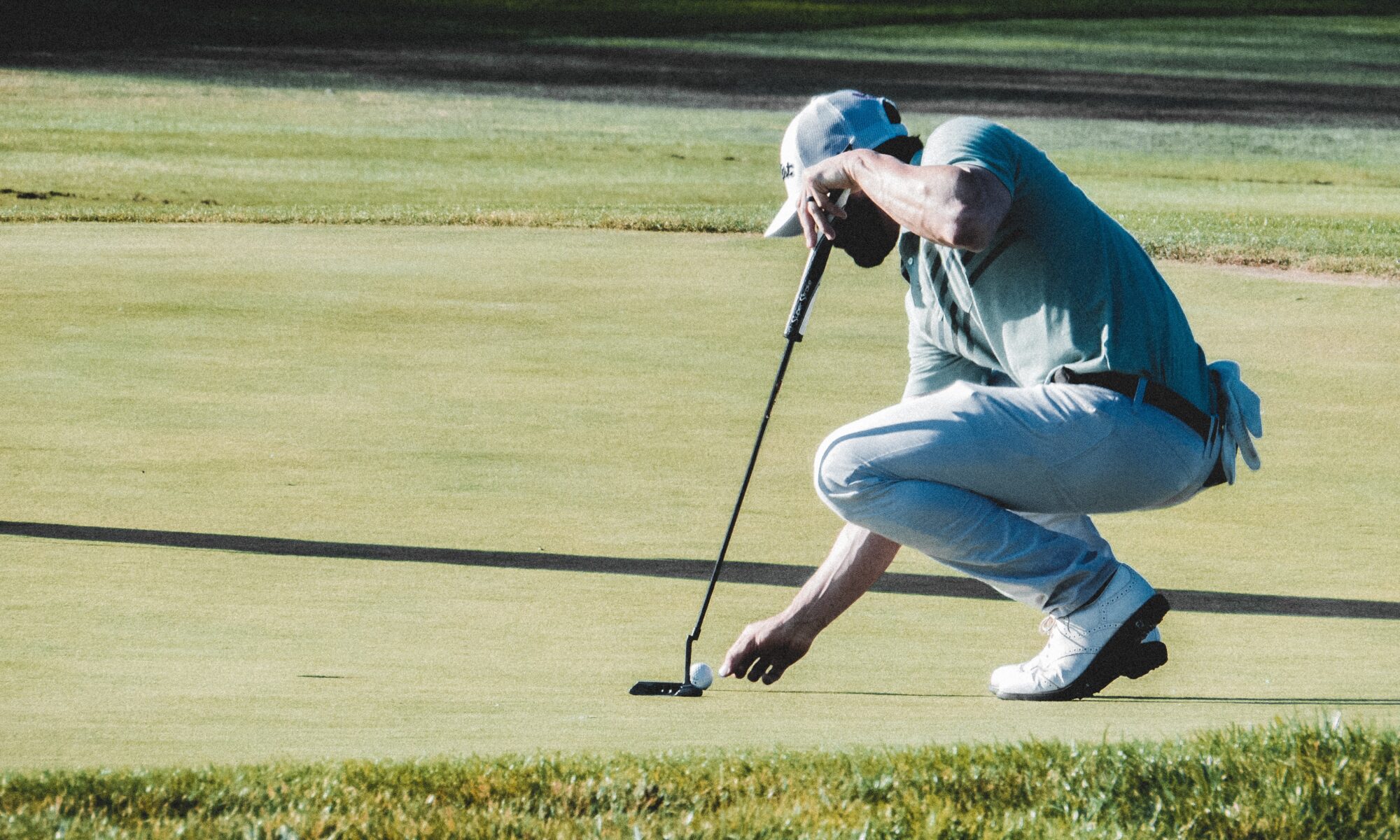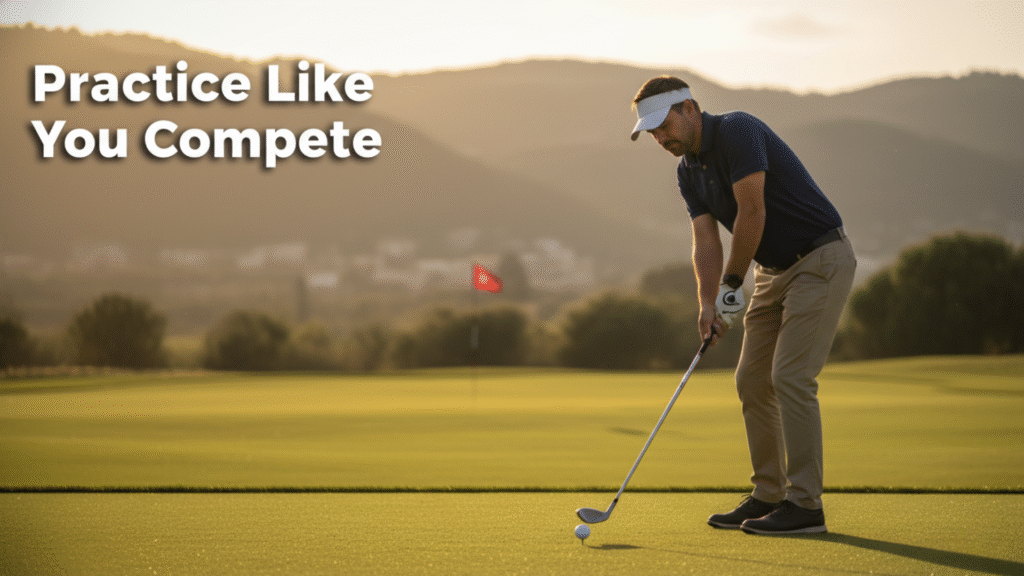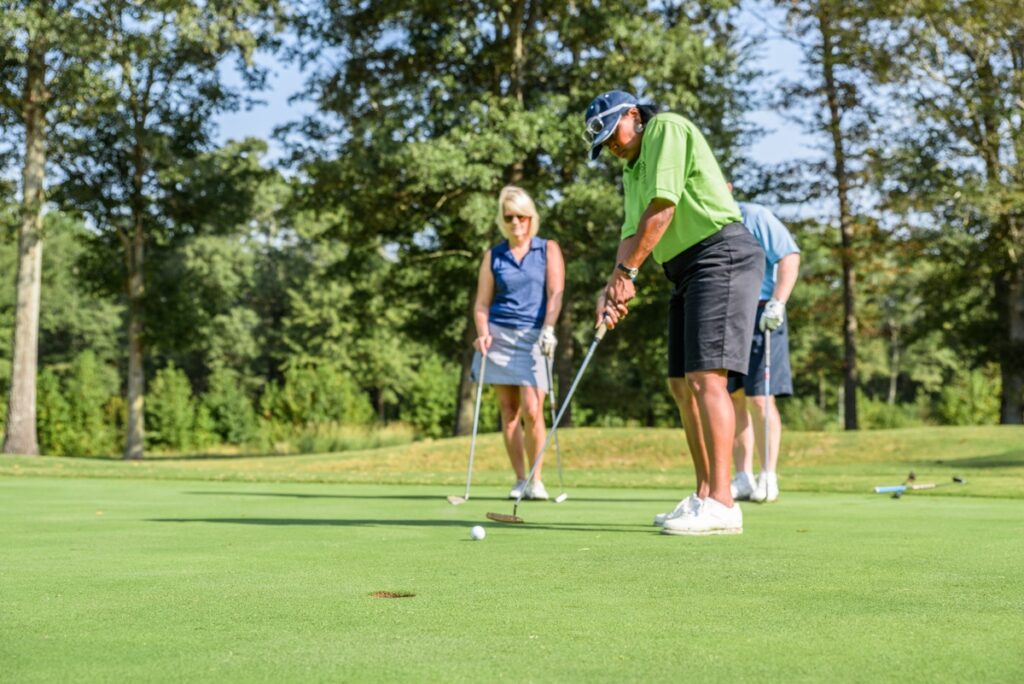How Emotional Awareness Improves Performance
From The Modern Psychology of Golf — by Kevin Cotter, PGA
Every golfer has a swing pattern — but fewer realize they also have an emotional pattern.
Your emotional pattern is your internal fingerprint —
the recurring thoughts, reactions, and habits that show up when pressure builds.
“You cannot manage what you do not first recognize.”
Once pressure hits, patterns reveal themselves.
Some golfers fall apart after a bad opening hole.
Others tighten up when they realize they’re on track for a great round.
Some go into “attack mode,” trying to force shots.
Others shift into fear-based golf, just trying not to lose.

The key is this:
You cannot manage what you do not first recognize.
Before you can control your emotions, you have to observe them.
Awareness Comes Before Change
Improving the mental game begins with noticing, not fixing.
We don’t judge.
We don’t label.
We simply observe.
Instead of thinking, “I shouldn’t feel this way,”
we move to “Interesting — this is how I respond in this situation.”
That’s emotional clarity.
How to Identify Your Emotional Patterns (4 Questions to Ask Yourself)
Next time you play, carry these with you (or jot them into a journal afterward):
- What situations tend to rattle me the most on the course?
Opening tee shots… recovery shots… protecting a good score? - When do I usually lose focus most often?
After a mistake… or after something good happens? - What does the voice in my head say when I’m under pressure?
Is it supportive… or critical? - How does my body respond when I feel frustrated or anxious?
Tension? Quick tempo? Shoulders tighten? Breath shortens?
The more specific your answers, the faster your growth.
Why This Matters
Once you identify your emotional patterns, you can:
- Interrupt negative spirals sooner
- Build routines that stabilize your mindset
- Stay composed during high-pressure moments
- Play the round you’re capable of — not one hijacked by emotion
Emotional mastery doesn’t mean you stop feeling pressure.
It means the pressure no longer controls you.
If you want to build consistency, confidence, and emotional control — not just once, but every round — you’ll love:
📘 The Modern Psychology of Golf
Your blueprint for mastering golf’s invisible game.
👉 Learn more here.
And for daily reflection and improvement:
✏️ The Modern Psychology of Golf Journal
Train your mind like you train your swing — one round at a time.
👉 Check out the journal here.














